When it comes to fitness, we all have our favorite areas of the gym—cardio, cable machines, free weights, etc. But for serious lifters, the rack is generally considered the main event. Squats, bench presses, overhead presses, pull-ups, and many other exercises are performed on a rack in one form or another. When it comes to selecting a rack for your home gym, you want to make sure you choose one that is not only sturdy and safe, but also fits your workout style and available space.
Squat Stands
Squat Stands are a great option if you are short on room in your home gym. They are the most minimalist option for a rack and are perfect for performing squats, bench presses, and overhead presses. They are often the most affordable option because they don't require as much material as other types of racks and they are not typically bolted to the floor. Squat Stands can be standalone or connect to form a single unit, giving you the flexibility to configure your workout space as needed.
Half Rack
Half Racks offer more features than Squat Stands and are a great option if you have a little more room in your home gym. They usually include plate storage pins that not only stabilize the rack but also provide a place to store your Olympic weightlifting plates when you're not lifting. Half Racks are also a great option if you want a sturdy rack that can hold more weight than a Squat Stand. If you have the room and want a solid rack that can do it all, consider a Power Rack. If you don't have the space or the budget, a Half Rack is a great option. At the very least, it's worth considering. Half Racks can be equipped with a pull-up bar and often have multi-grip capabilities.
They also offer a lot of attachment options, such as dip bars or step plates, and can be equipped with a pull-up bar. However, they are generally not as deep as Power Racks and may feel confining if you like to lift inside the rack. Half Racks also require you to squat with your back to the rack, which can be an adjustment if you're used to facing out with your back to the wall for squats.
Power Rack
The Power Rack, also known as a full cage rack, is the safest and most versatile option and is a favorite among home gym enthusiasts. Power Racks have four posts instead of two like a Half Rack and offer much more stability and weight capacity. The safety bars that connect the front and rear uprights can be set to catch the bar if a lift goes wrong and are a must if you plan on doing any heavy overhead lifts.
Power Racks are the largest option and require the most space, but they offer the most features and are the safest option. If height is a concern, you can still do your overhead presses and squats outside of the rack. If you have the space and want the ultimate home gym experience, a Power Rack is the way to go.
Conclusion
What type of rack you should get for your home gym depends on your lifts, available space, and budget. Squat Stands are a great option if you're tight on room and want a basic setup for squats, bench presses, and overhead presses. Half Racks offer more stability and features like plate storage and attachment options. If you want the ultimate home gym experience, consider a Power Rack.






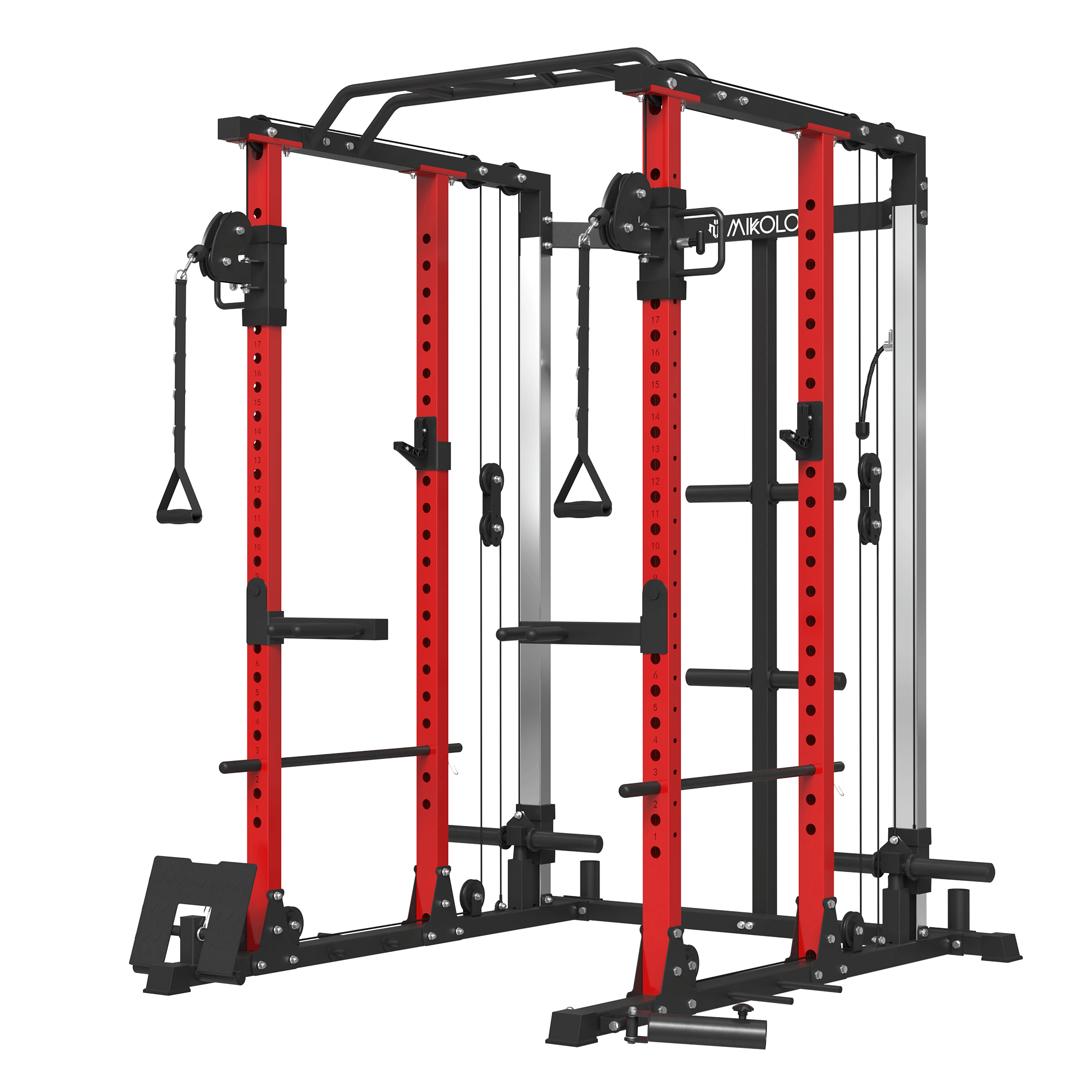



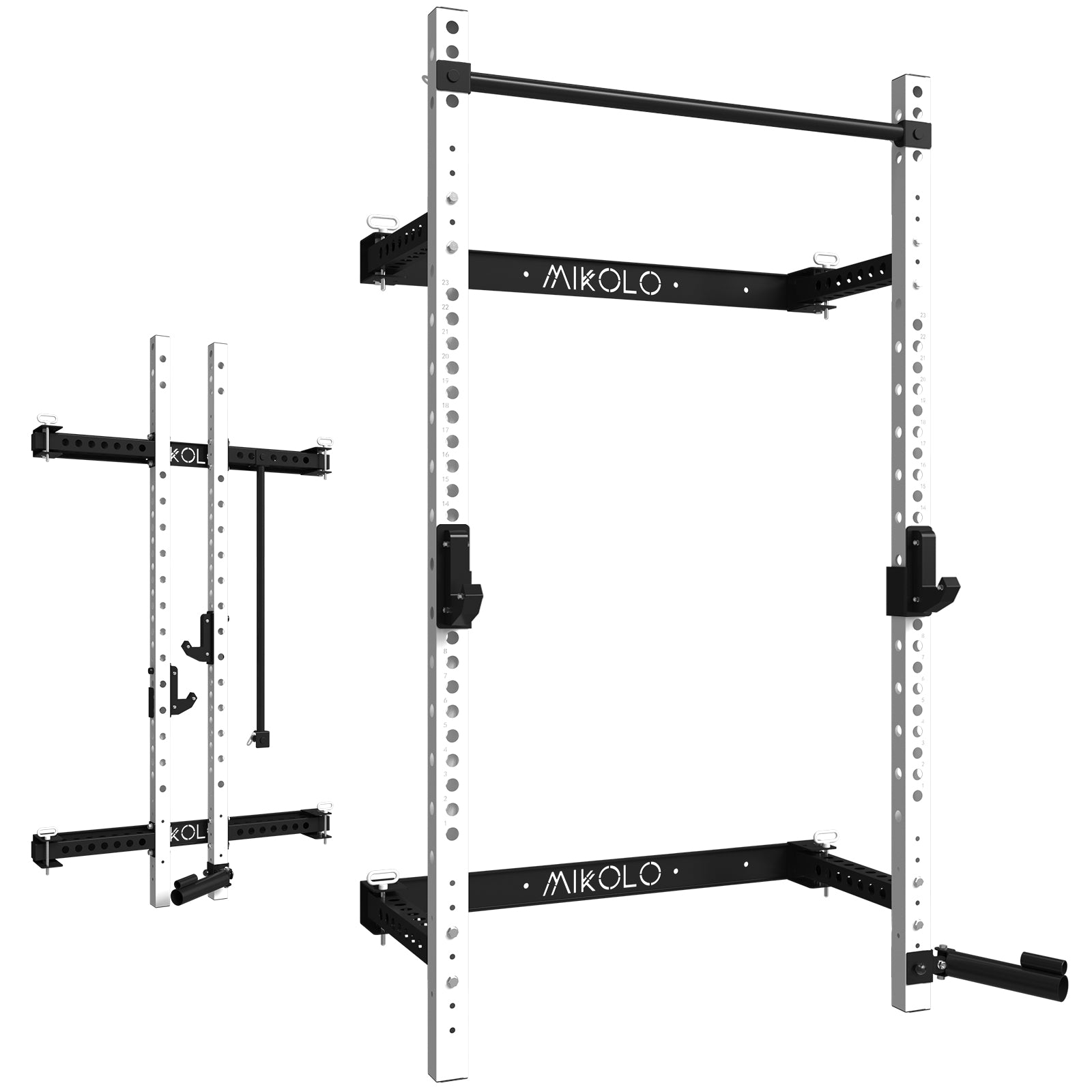

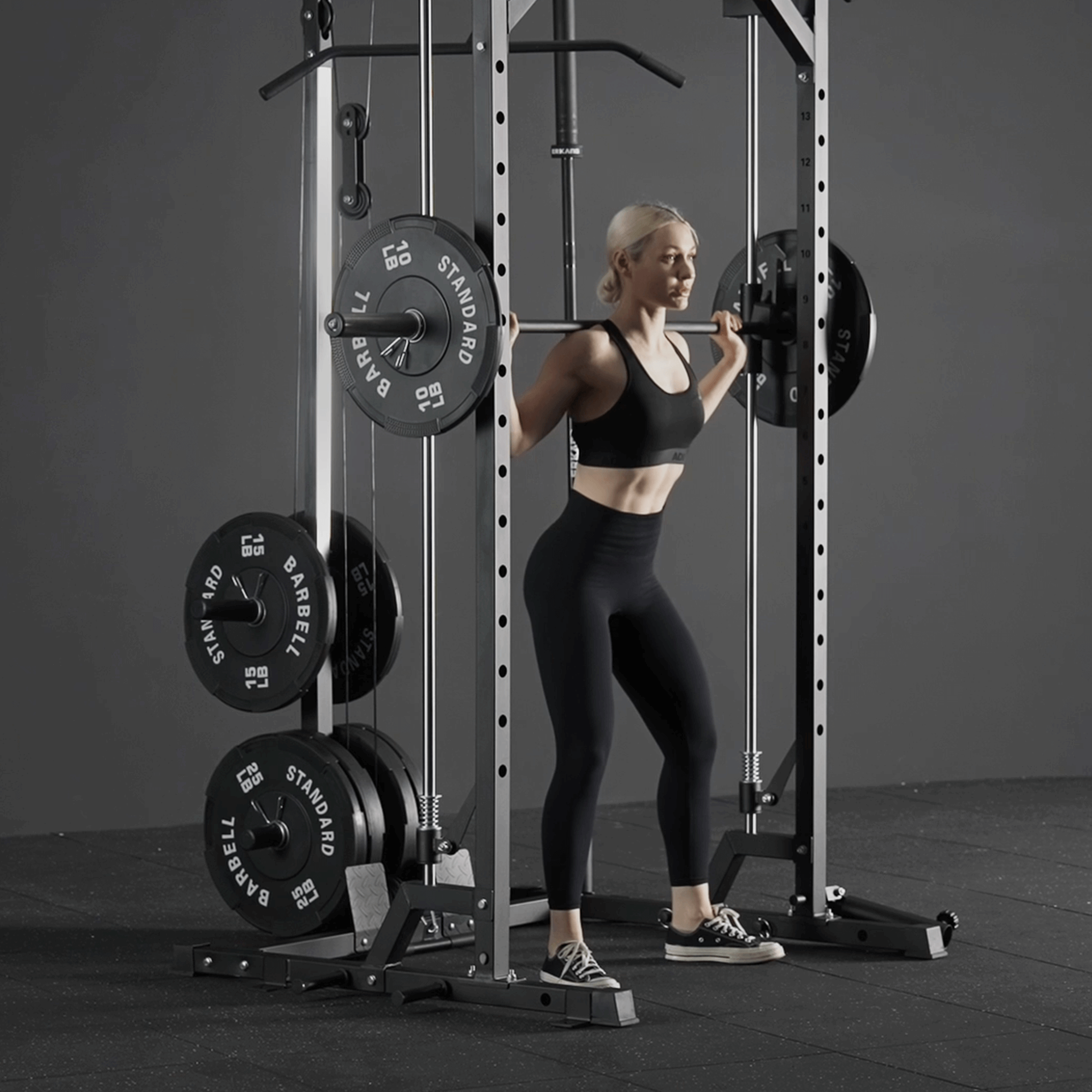


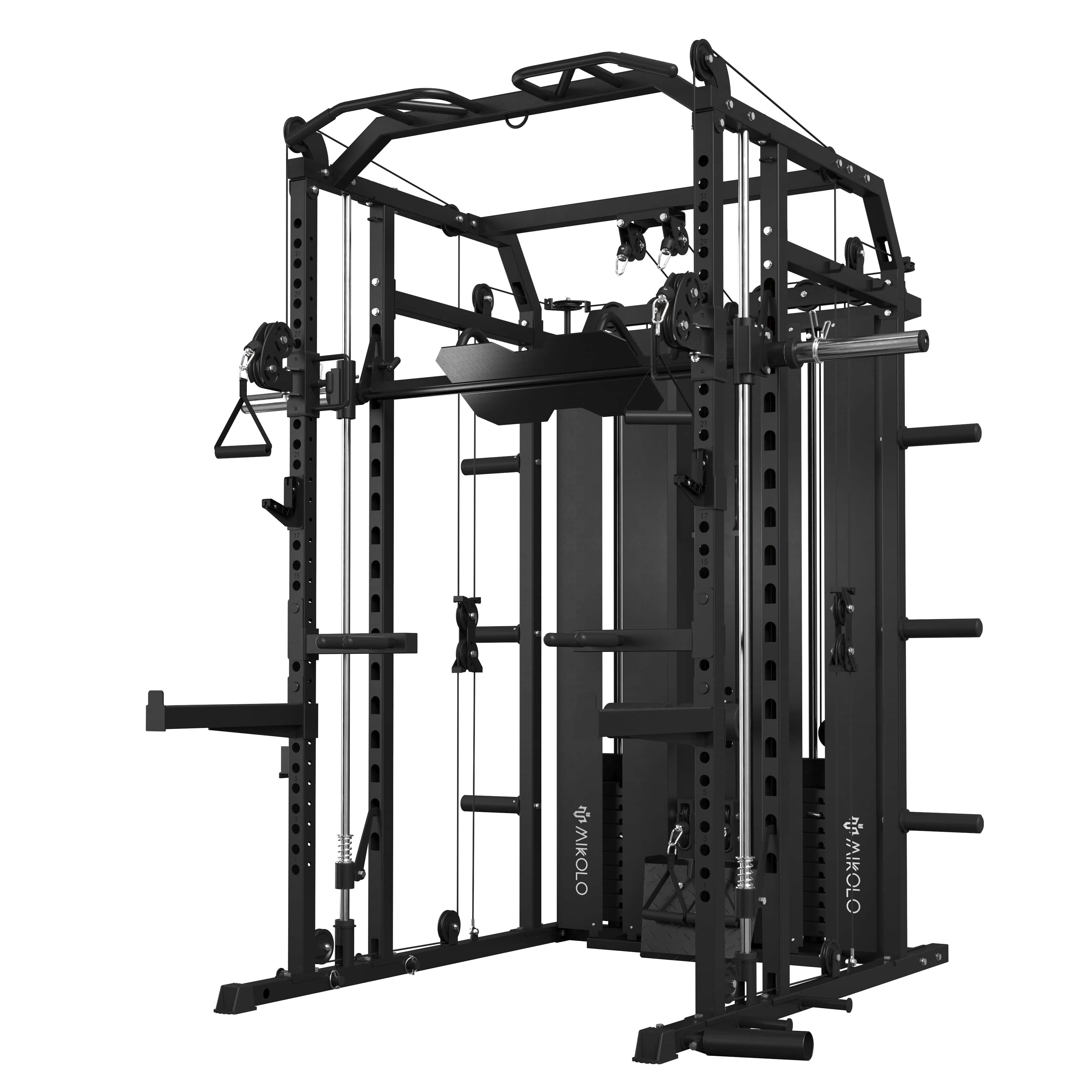



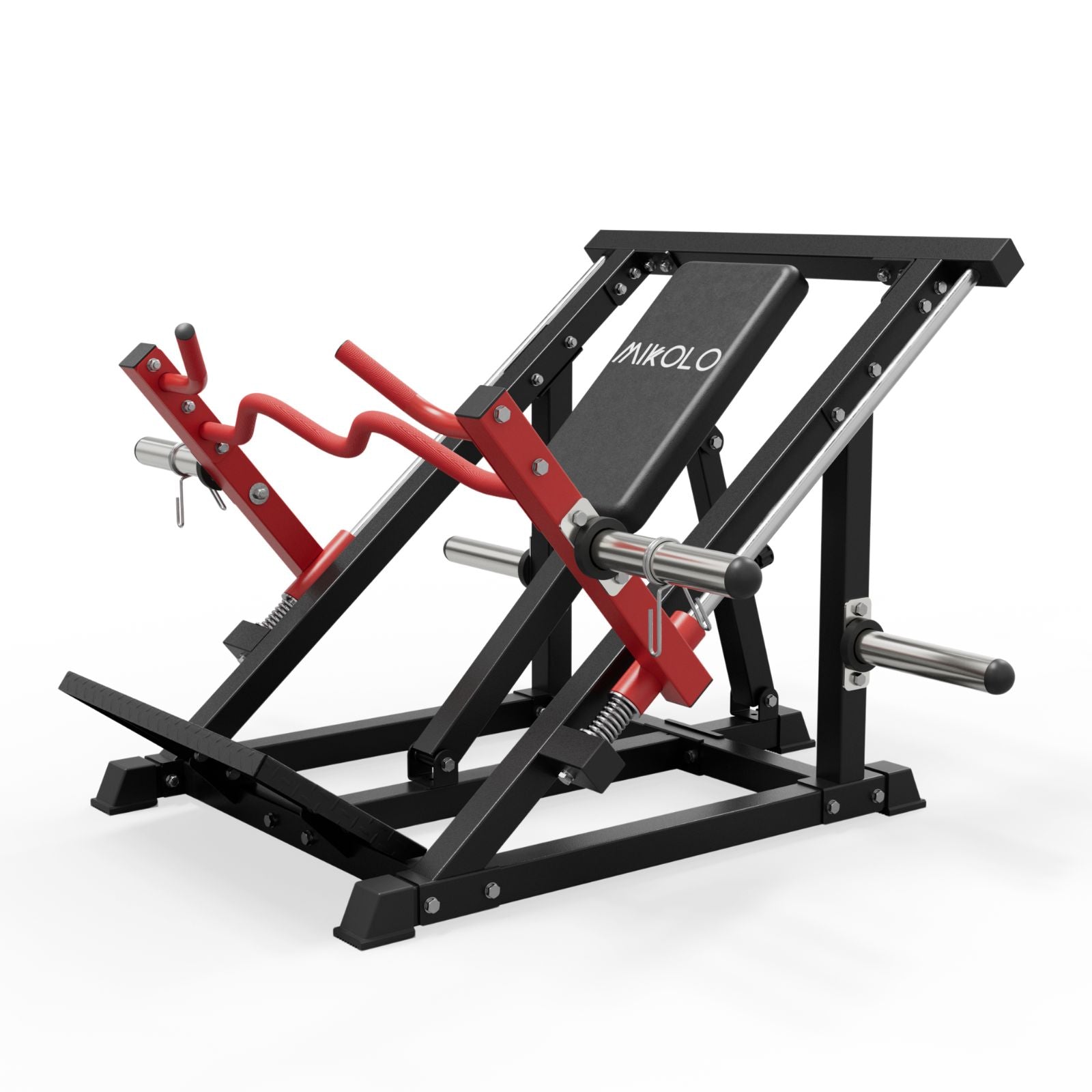
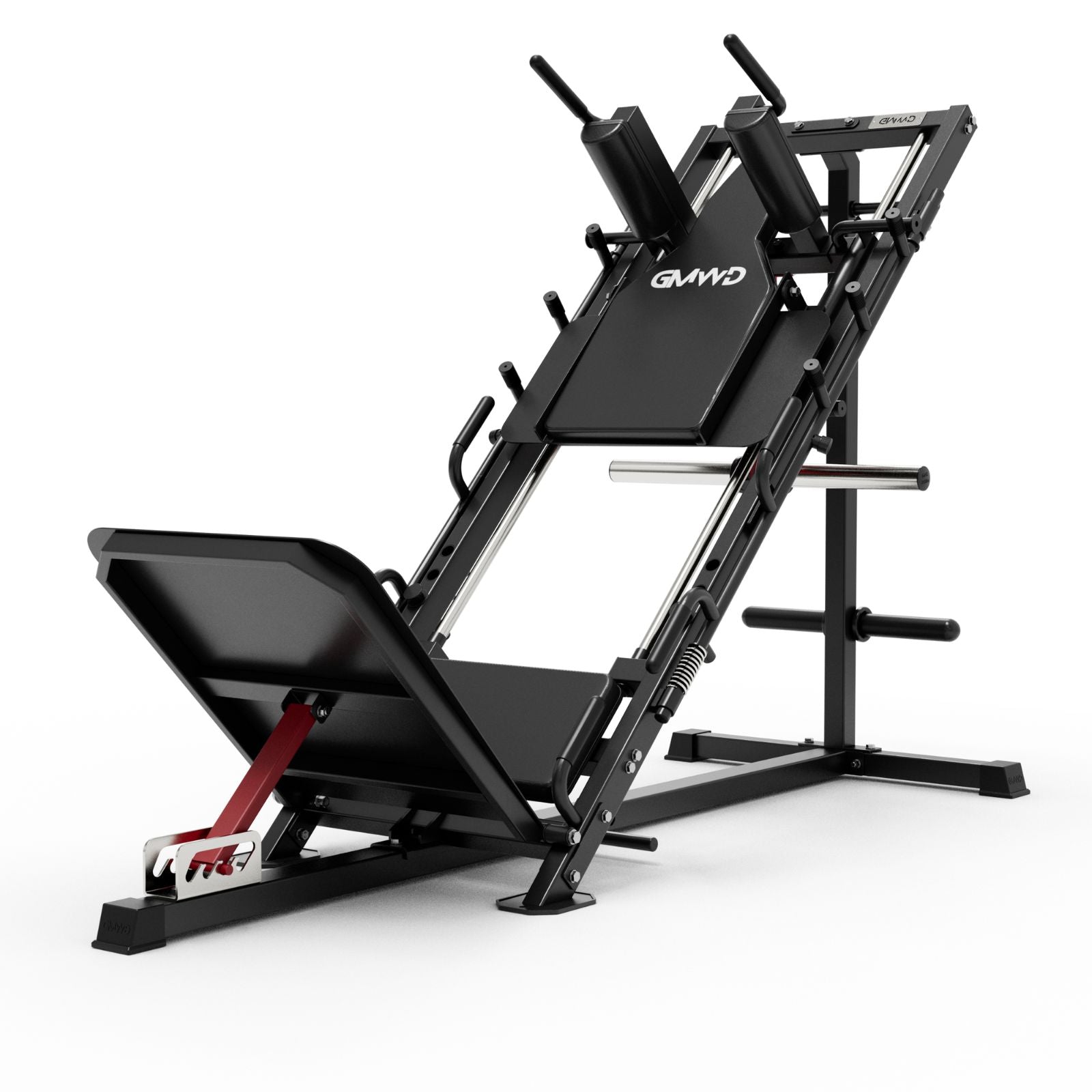
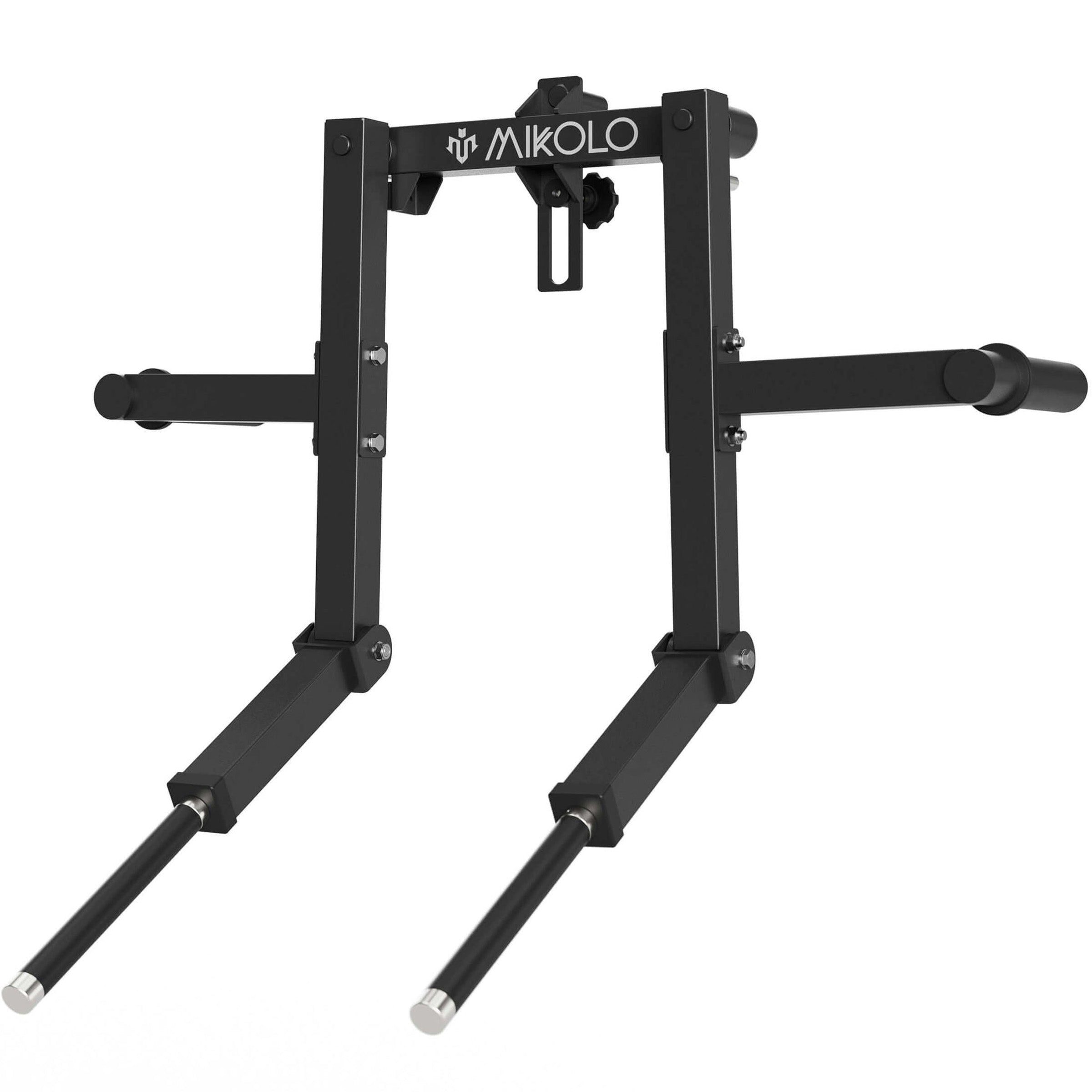
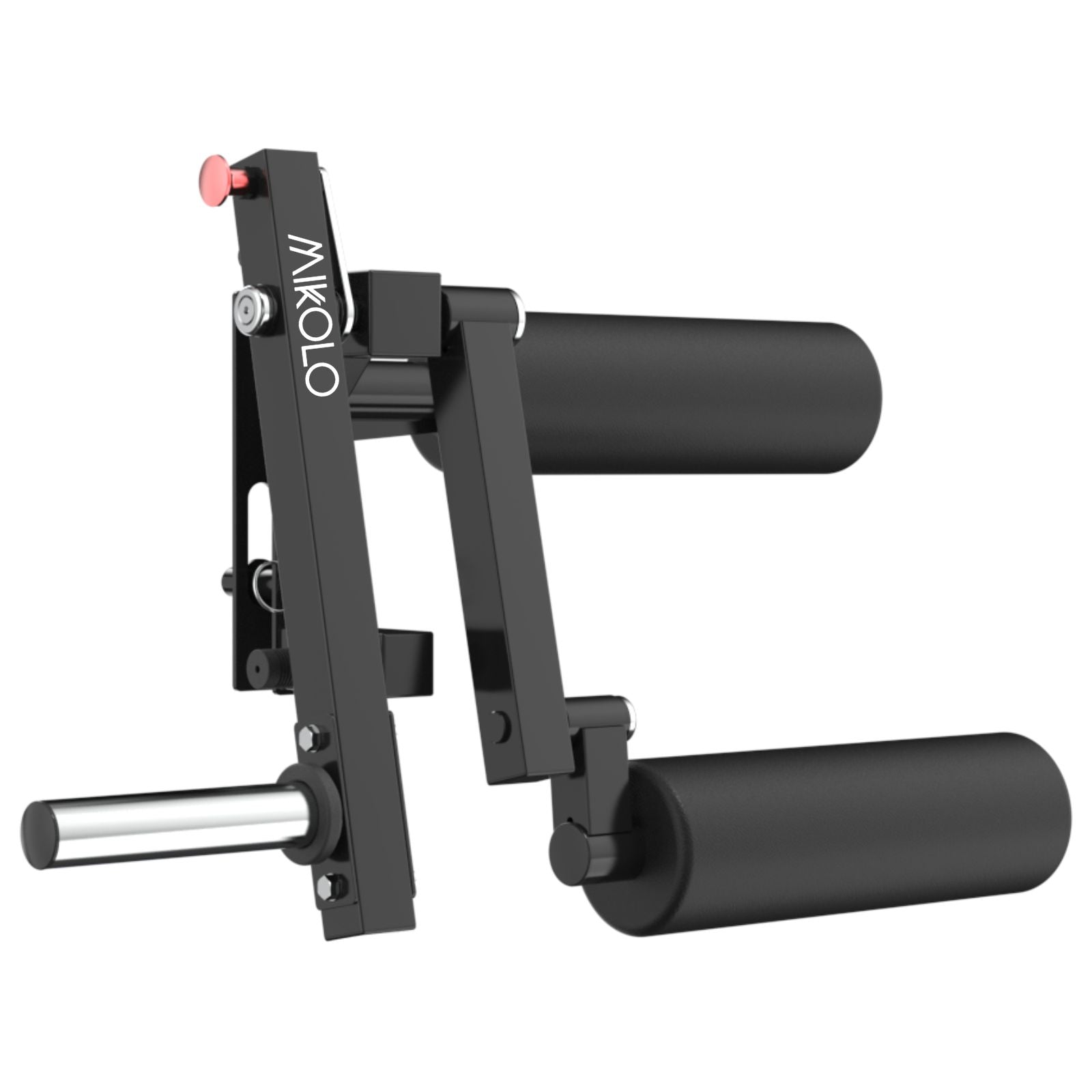


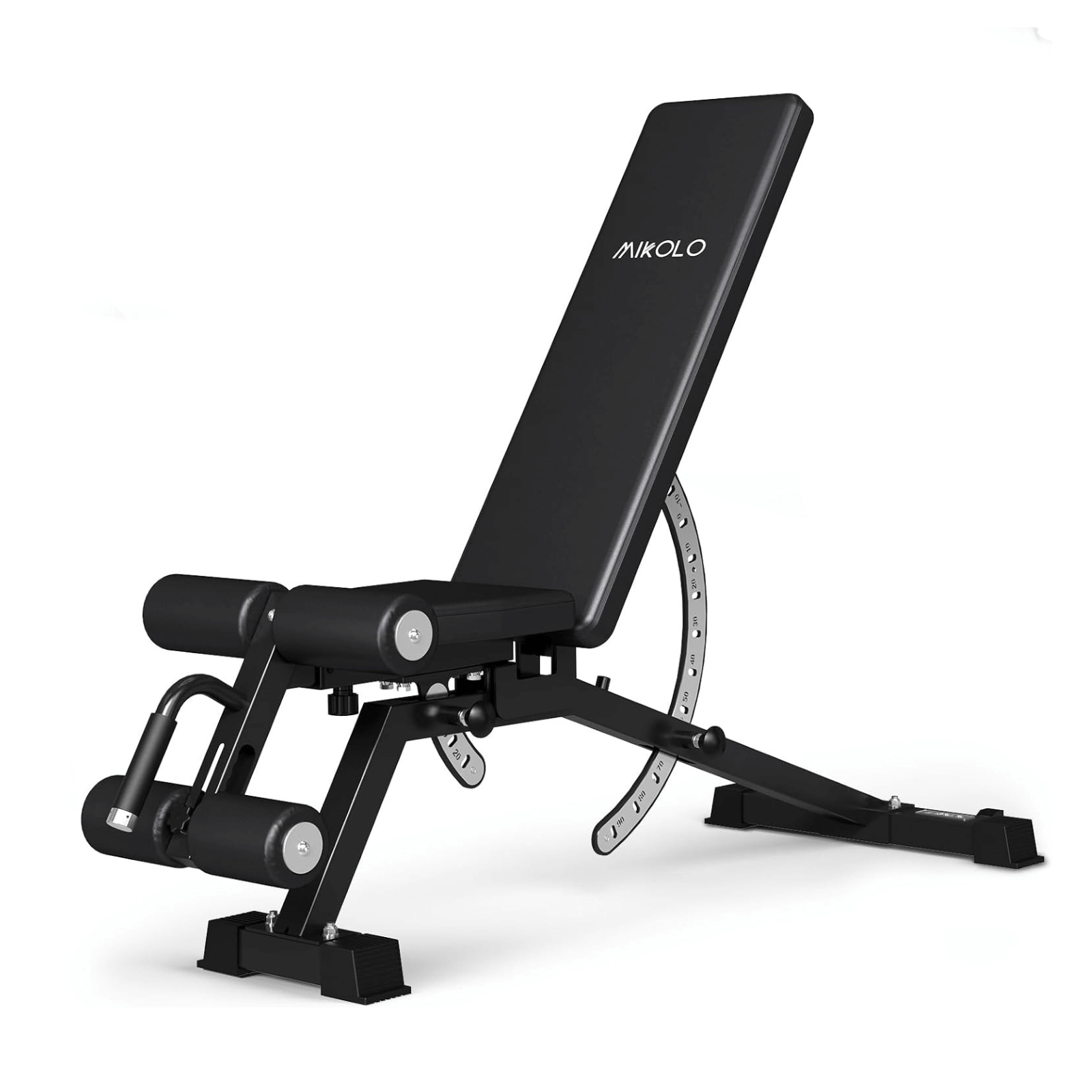


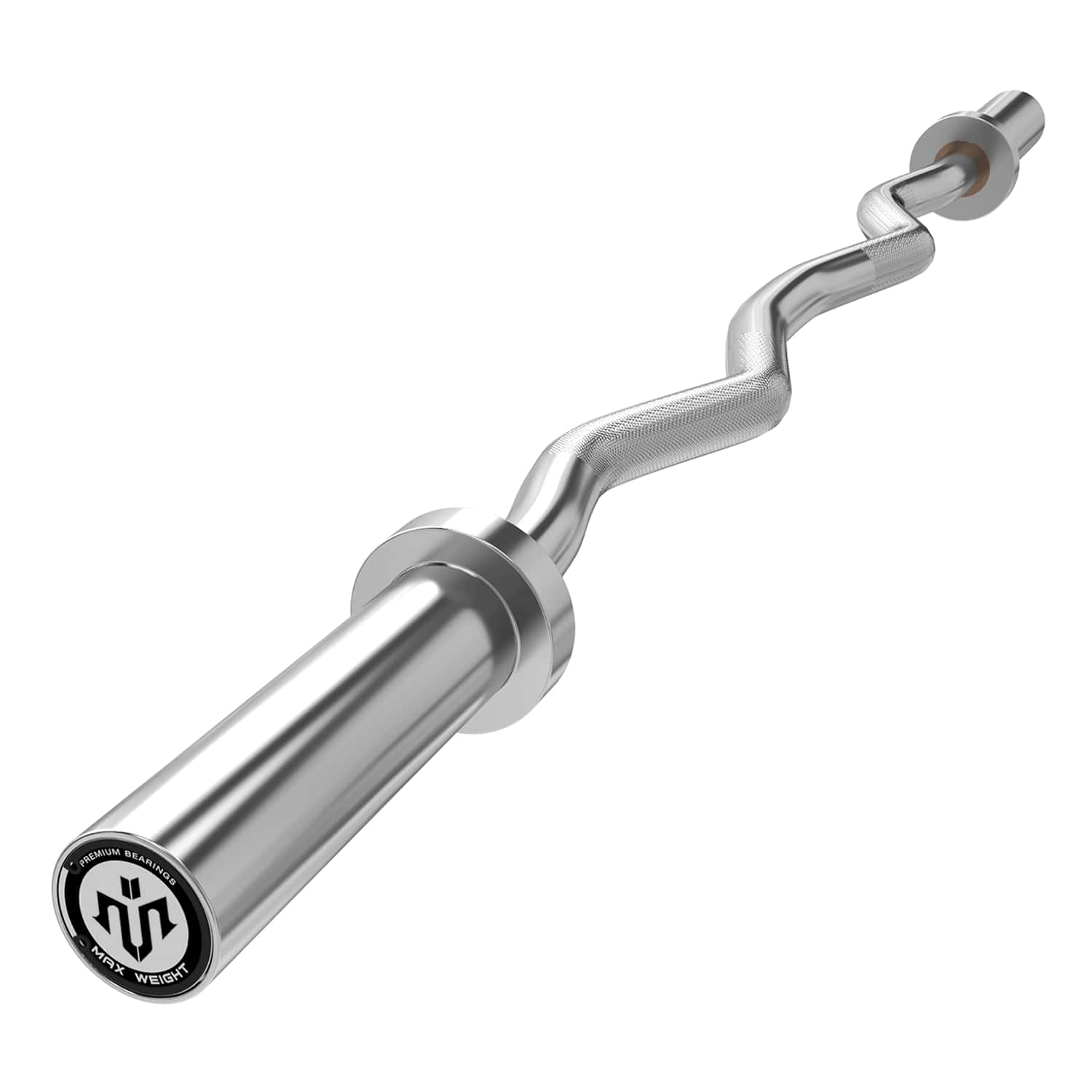
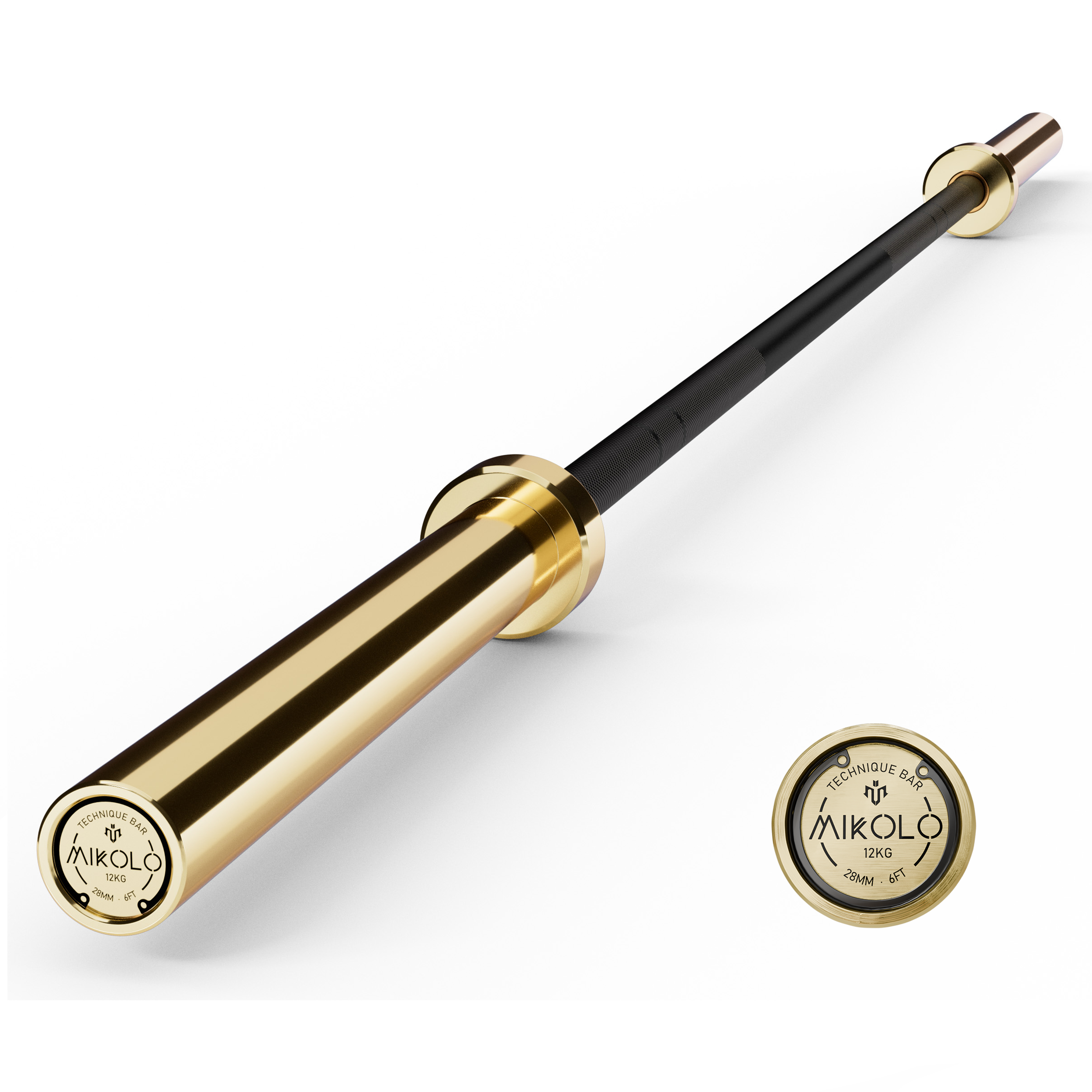


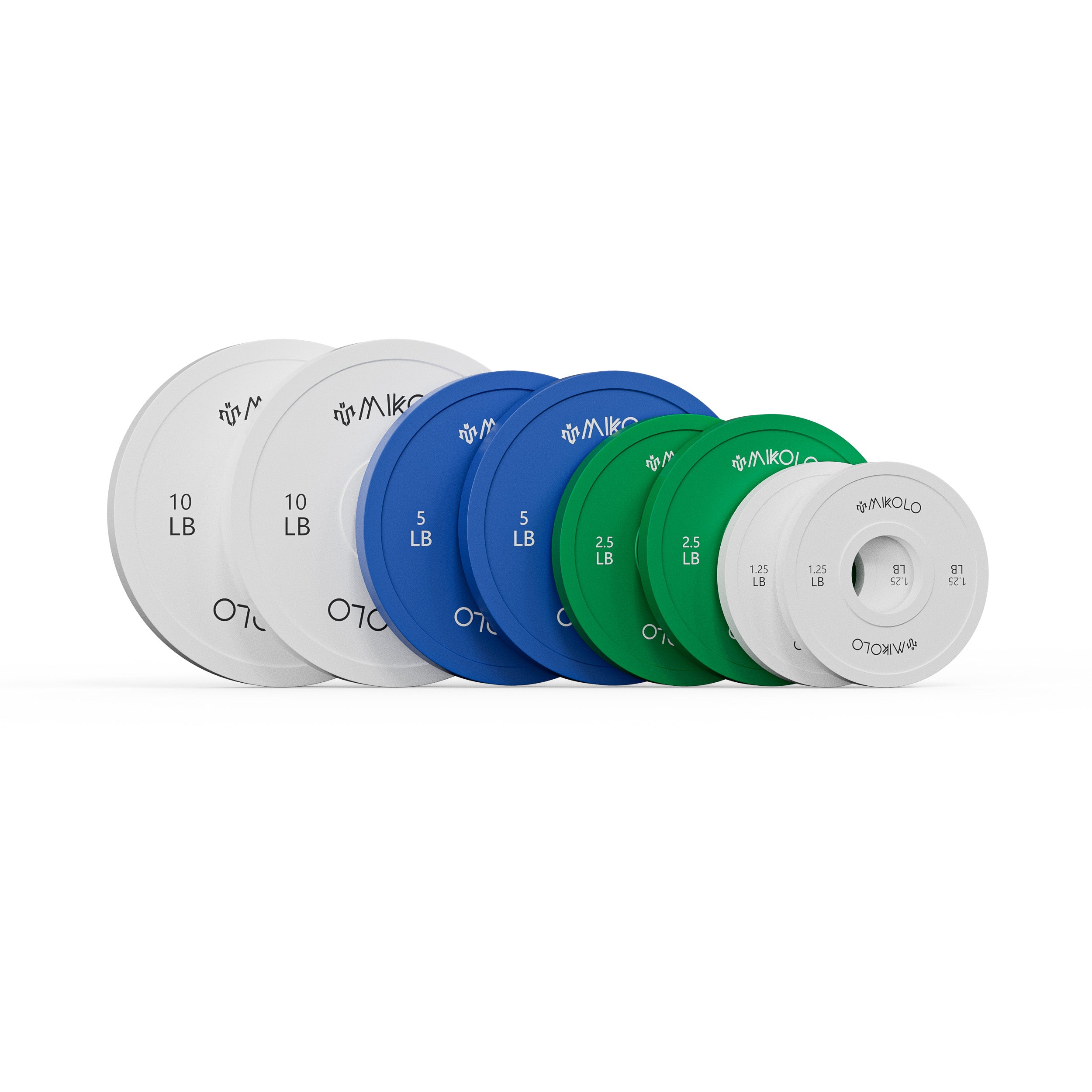
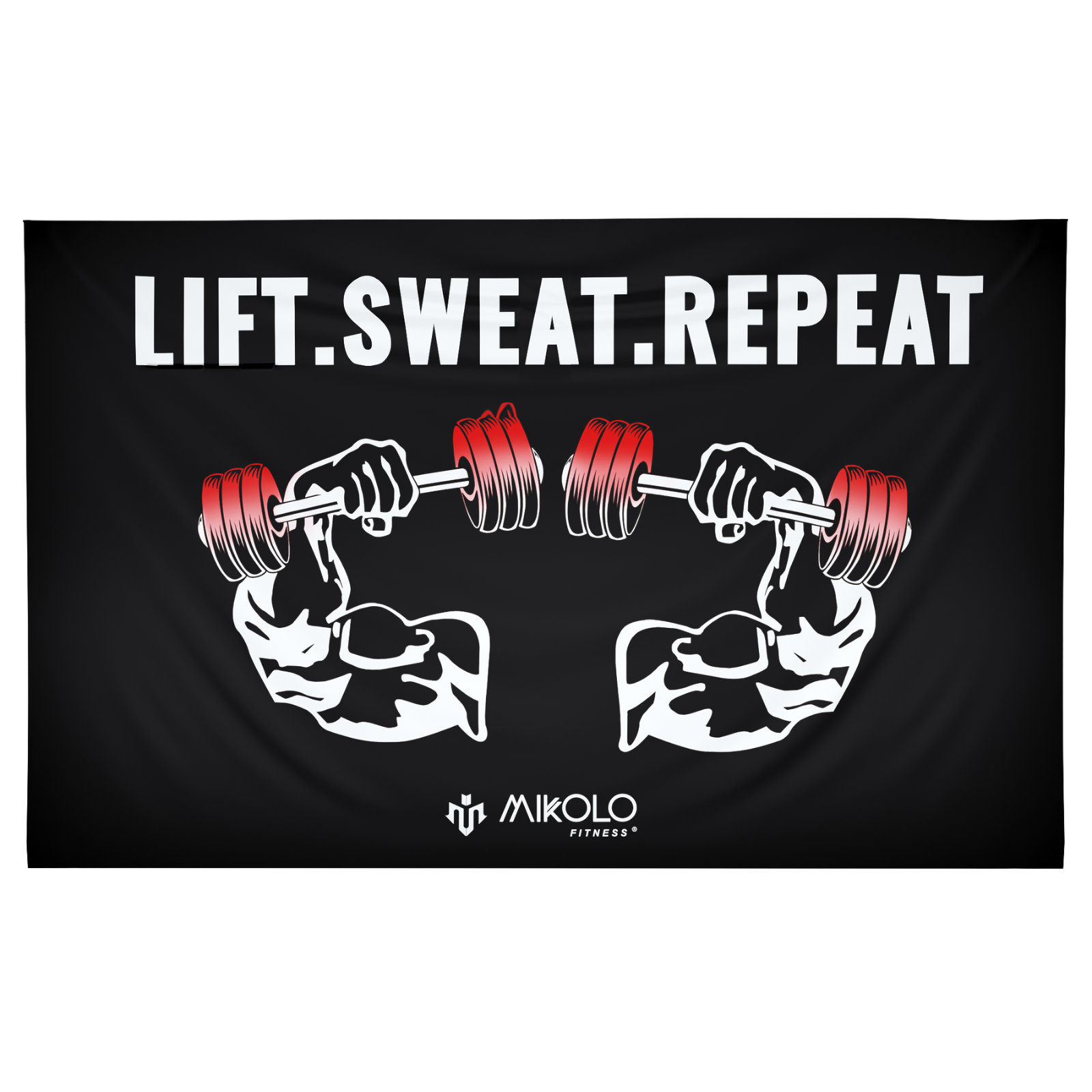

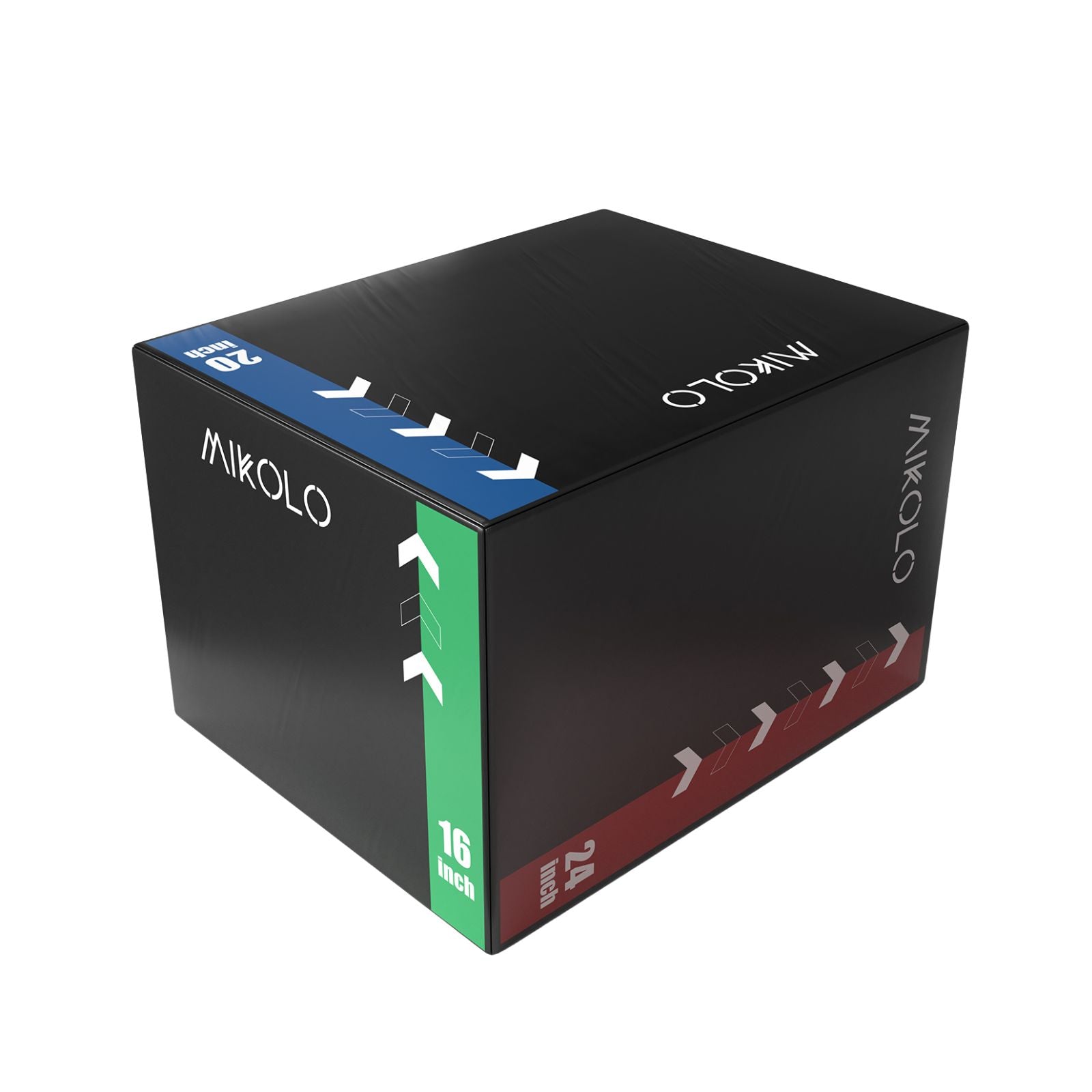
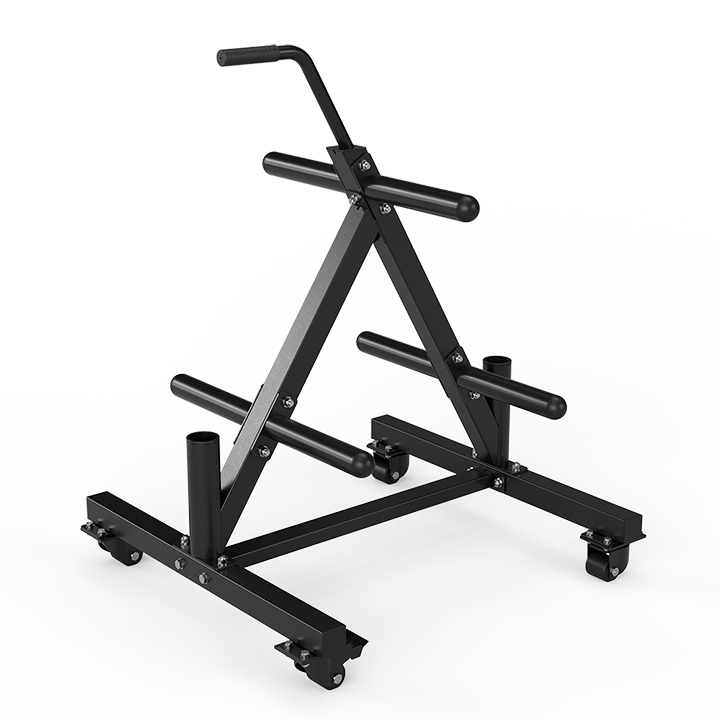
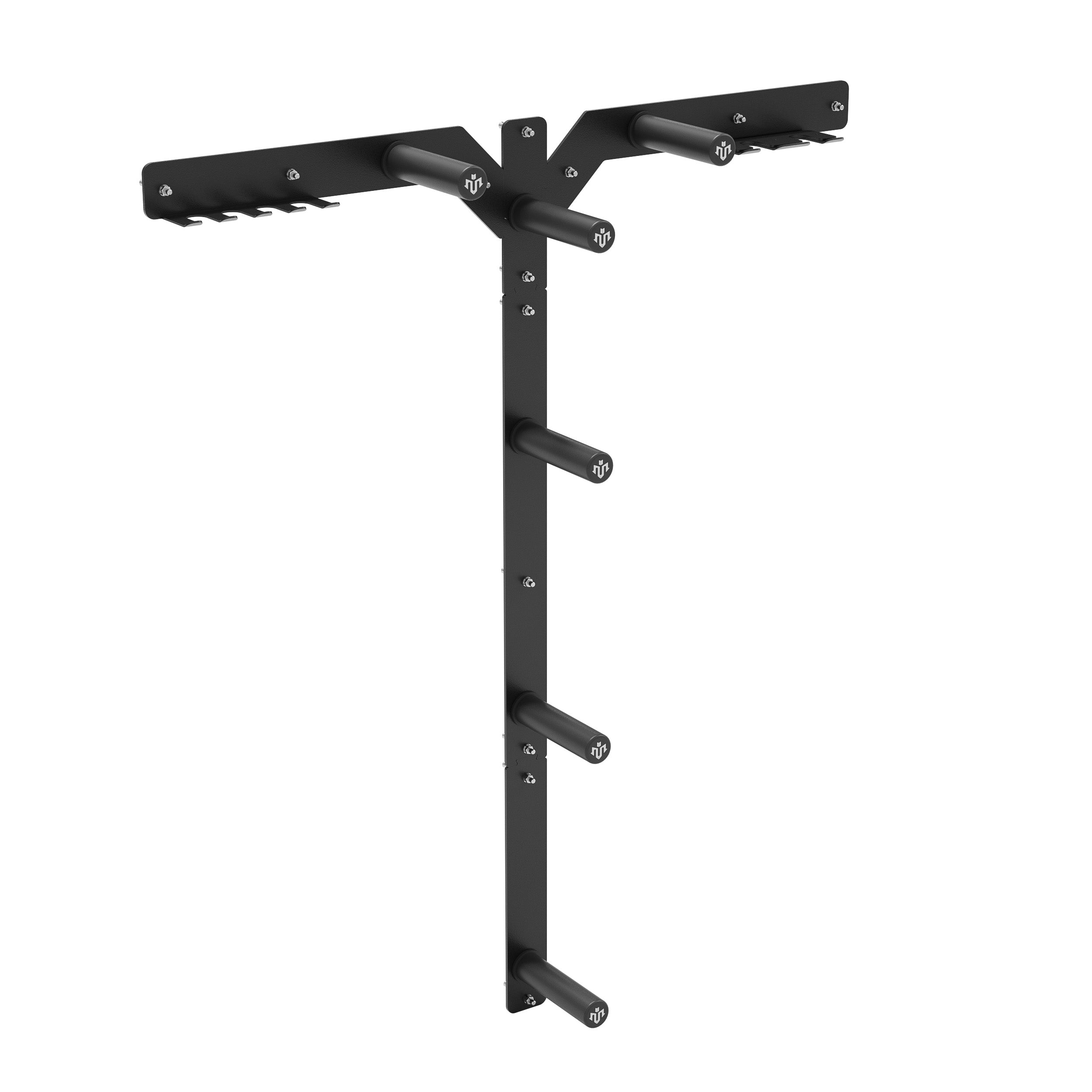

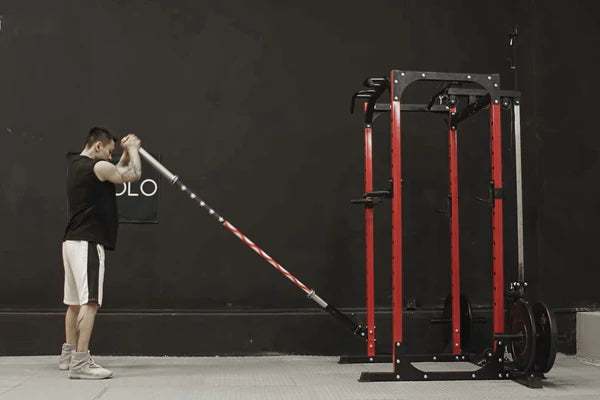
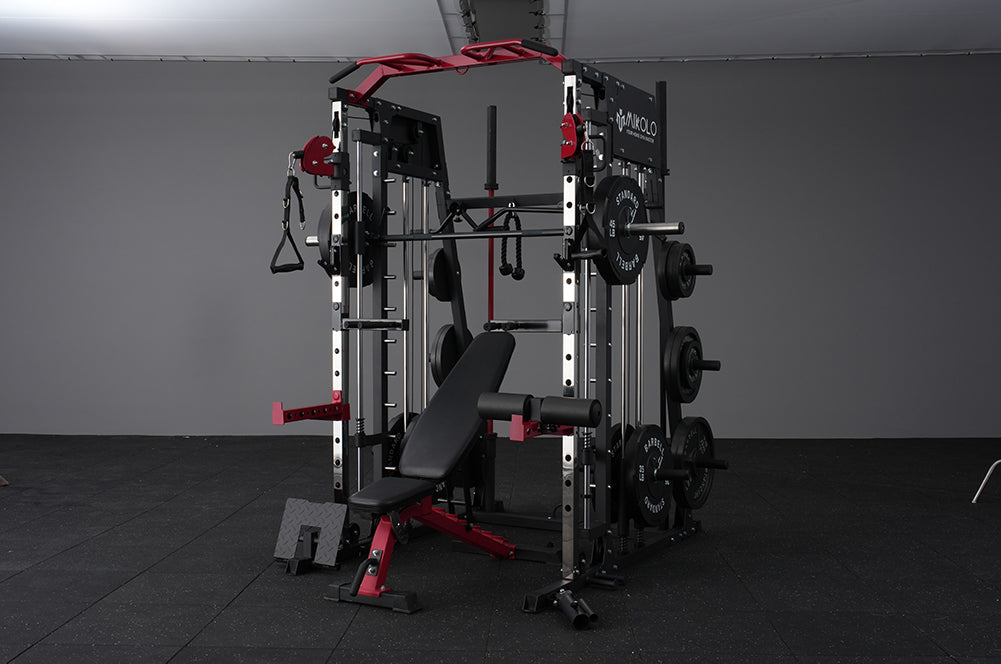
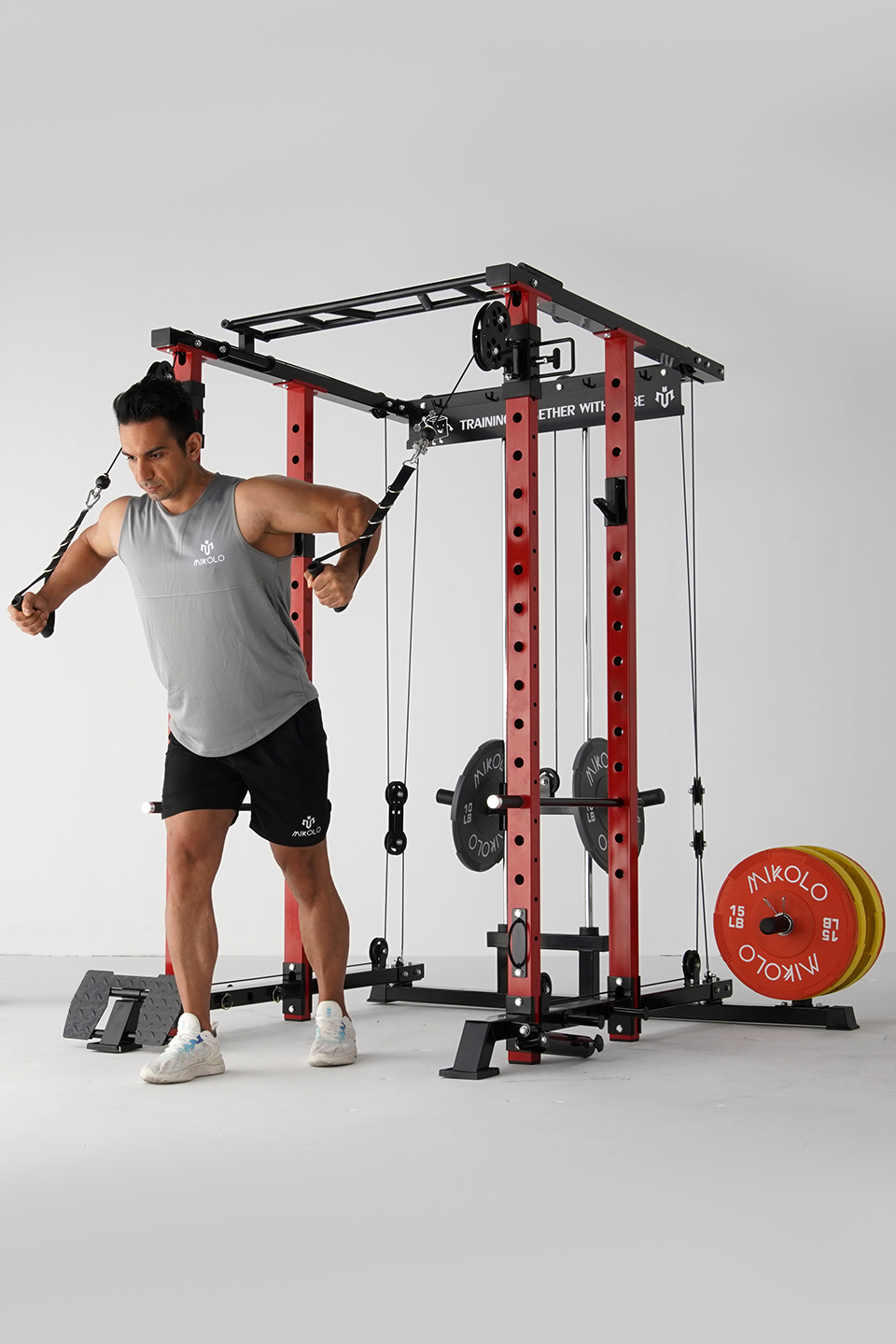
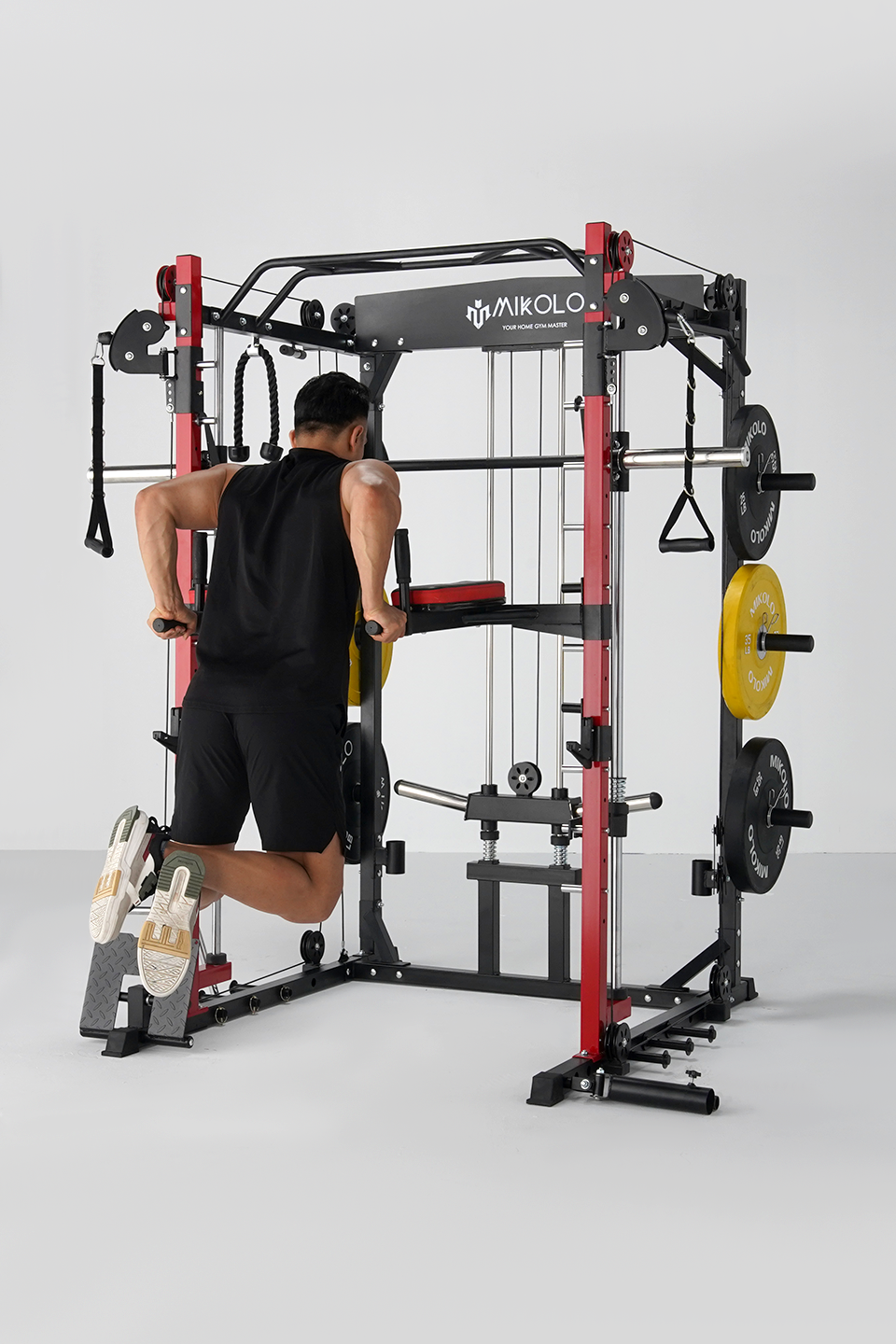


Leave a comment
This site is protected by hCaptcha and the hCaptcha Privacy Policy and Terms of Service apply.